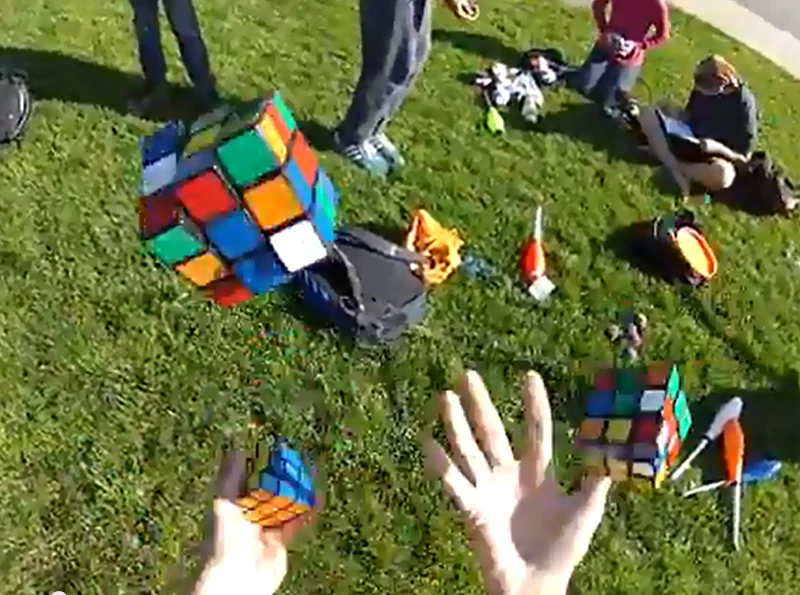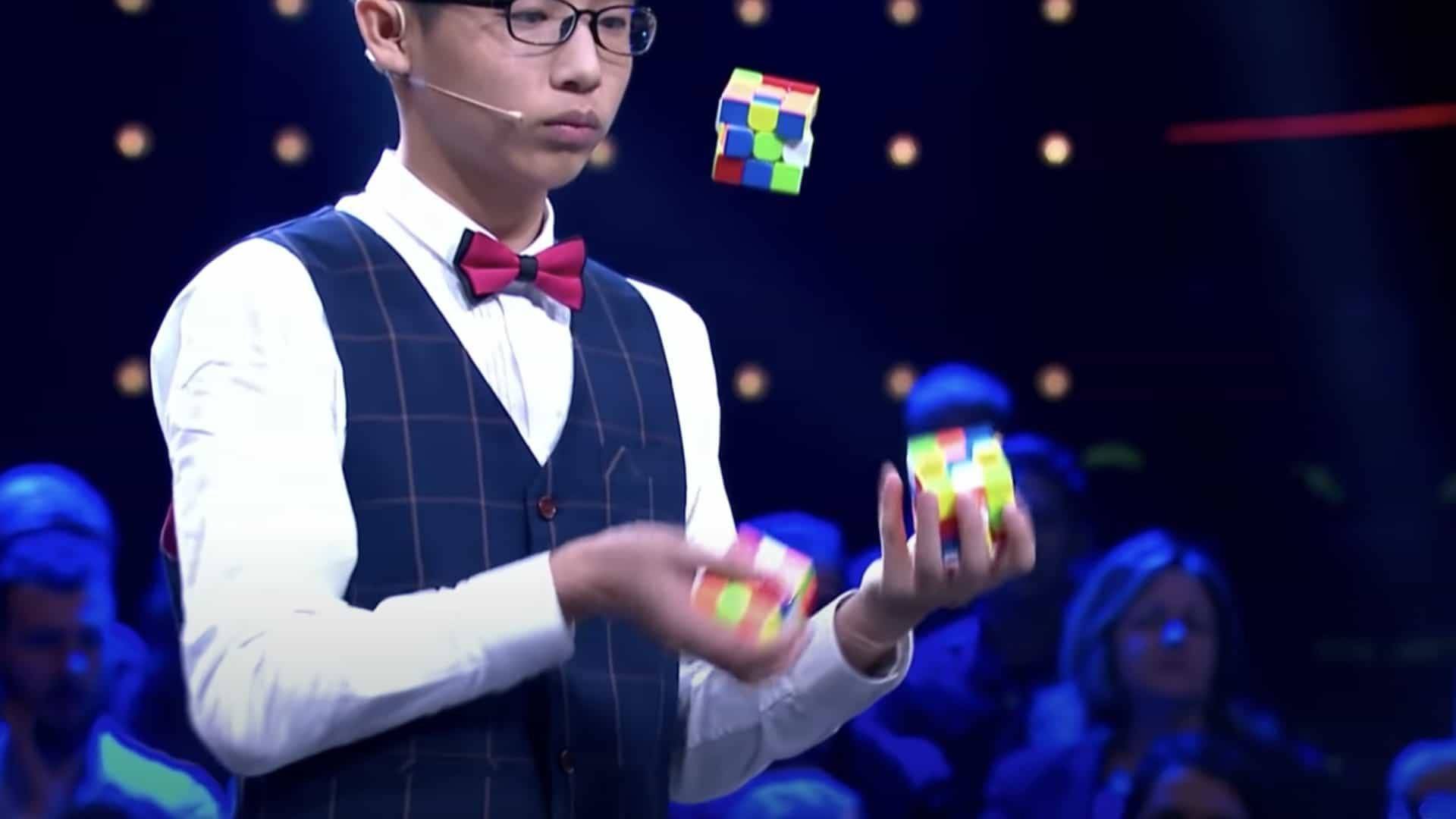
Wanting to qualify for every event pushed Ivan to practice at least three hours a day for two straight weeks at the most unusual Rubik’s Cube event, solving a 3x3 cube with your feet, according to a Cedarville University release.Īll the hours of practicing forced Ivan to push through intense foot pain in order to compete at Flag City Spring 2018 in Findlay and broke the Ohio state record for a “feet-solve” by finishing in 38.46 seconds. Thaddeus’s brother, Ivan Krueger, a Cedarville freshman electrical engineering and mathematics major also from Beavercreek, held qualifying times in 2018 for 16 of the 18 national Rubik’s Cube events, which entails having an average solve time under 40 seconds for the traditional cube. Krueger comes from a family of Rubik’s Cube wiz-kids.


Step one, then, is to move the cube into one of those configurations, and step two is to use the short solution for that partially solved configuration.Explore Celebrate International Sloth Day with Boonshoft’s Patience the sloth The strategy was based on earlier work developed by mathematician Herbert Kociemba that broke solving a cube into two steps, based on a special set of about 19.5 billion partially-solved configurations that are known to have relatively short solutions. An early mathematical analyst of the cube, Morwen Thistlethwaite, was able to prove that any cube could be solved in at most 52 moves.Ĭomputer programmer Tomas Rokicki came up with a strategy for finding relatively short solutions for Rubik's Cube configurations. Over the decades, various upper bounds were proven. The remaining question, then, is whether or not there are any cubes that need more than 20 steps to solve. That sets a lower limit on what God's Number could be. In 1995, mathematician Michael Reid found a Rubik's Cube configuration called a "superflip" and proved that it required at least 20 moves to solve.

The key to answering a question like finding the smallest number of moves to solve any configuration is to take advantage of the relationships between different configurations. Going through and trying to find the shortest solution for every single one of those configurations, then, is essentially impossible. An analysis of all the possible permutations of where the smaller constituent cubes (often called "cubies") can end up shows that there are about 43 quintillion - 43,000,000,000,000,000,000 - possible configurations of the Rubik's Cube. One reason it took so long to answer such an apparently straightforward question is the surprising complexity of the Rubik's Cube. In 2010, a group of mathematicians and computer programmers proved that any Rubik's Cube can be solved in, at most, 20 moves. One immediate and obvious question, dating back to the original invention of the cube, is, given a particular configuration of a cube, what's the smallest number of moves needed to solve the puzzle? Relatedly, what is the smallest number of moves needed to solve any configuration of the Rubik's Cube, a number that cube aficionados refer to as "God's number?"Īs Erno Rubik put it in a recent interview with Business Insider, this question is "connected with the mathematical problems of the cube."Īmazingly, it took 36 years after the invention of the toy to come up with an answer. Account icon An icon in the shape of a person's head and shoulders.


 0 kommentar(er)
0 kommentar(er)
